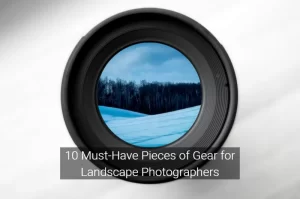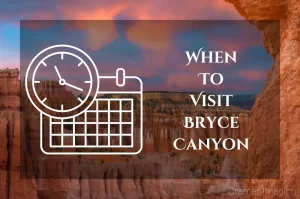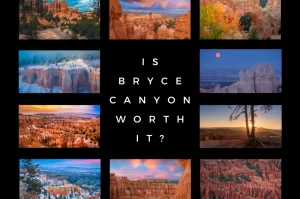So, you find you’re interested in landscape photography. Welcome to the club. Perhaps one of your next questions is about what the best camera for landscape photography is. We already discussed that topic in this article on the best camera for landscape photography. Today, we’re tackling what’s probably the next natural question to ask. What is the best camera lens for landscape photography? I asked that question myself once when I decided to specialize there. So, since I’ve put in a few more years as a photographer since then, I’ll share with you my take on the matter. I hope it will help guide you in your decision-making.
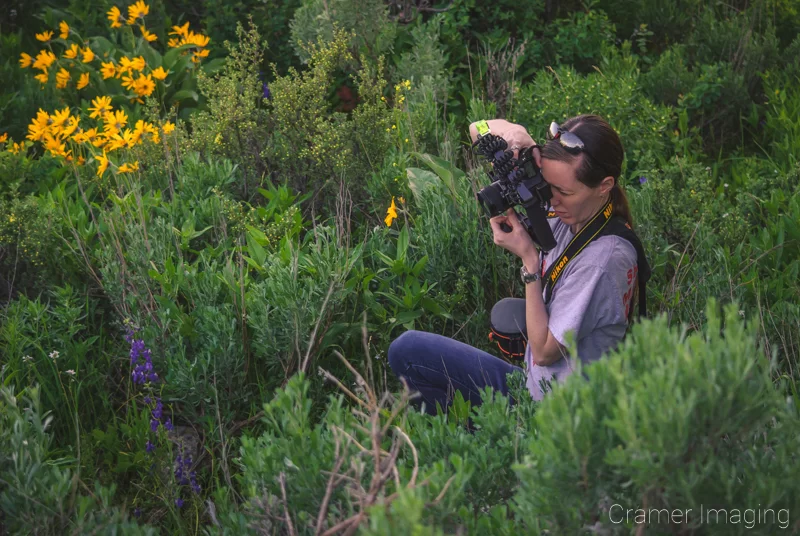
Disclaimer: I will not list off what specific lens models I think are good for landscape photography and which are not. That’s not why I’m writing this article. There are too many models out there on the market for me to individually test and the manufacturers make more every day. Instead, I will give you more general advice on what to look for so that you can use this advice in perpetuity, rather than returning to reviews every time a new camera lens arrives on the market. Also, this advice will work across brands and platforms.
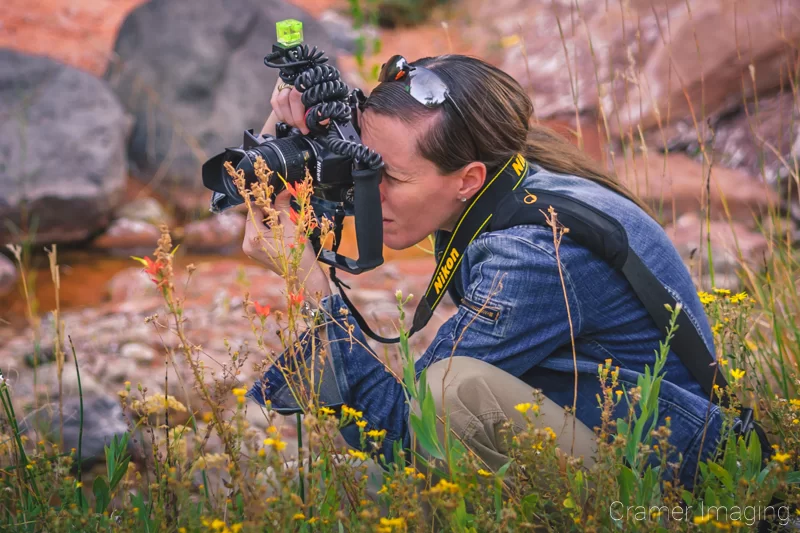
So, sorry if you came here looking for whether or not your exact lens model will work for landscape photography. The answer there is that many lenses will work in some fashion for landscape photography. Some will work better than others will. It all depends upon what you’re looking for.
The Background
Unlike with camera bodies, you will probably find yourself purchasing multiple lenses for your landscape photography over time. As one camera body can work with multiple lenses (not at the same time), it makes sense that you would diversify in the lens side of things rather than the camera body side. So, naturally, it makes sense that I will discuss more than one kind of lens here and their potential usefulness in landscape photography. Now, let’s get started.
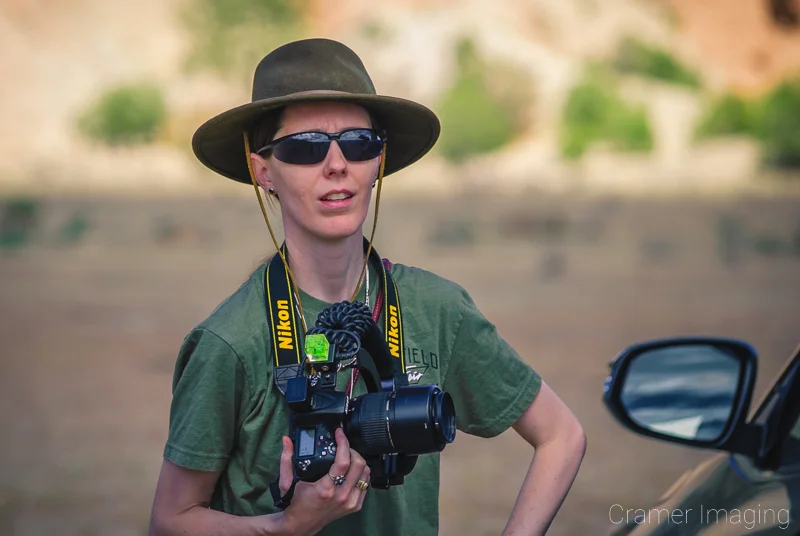
Currently Available Camera Lenses
There are several different lens types on the market. These include prime lenses, zoom lenses, wide angle, telephoto, all-in-one, extreme telephoto, fish-eye, macro, tilt-shift, and distortion lenses. There may be more, but those are the general headings. Yes, this is a vocabulary list of sorts. There are also the lenses which the camera body companies like Nikon and Canon make (brand name, if you will) and third-party lenses. We’ll discuss those aspects later. For now, let’s focus on the types.
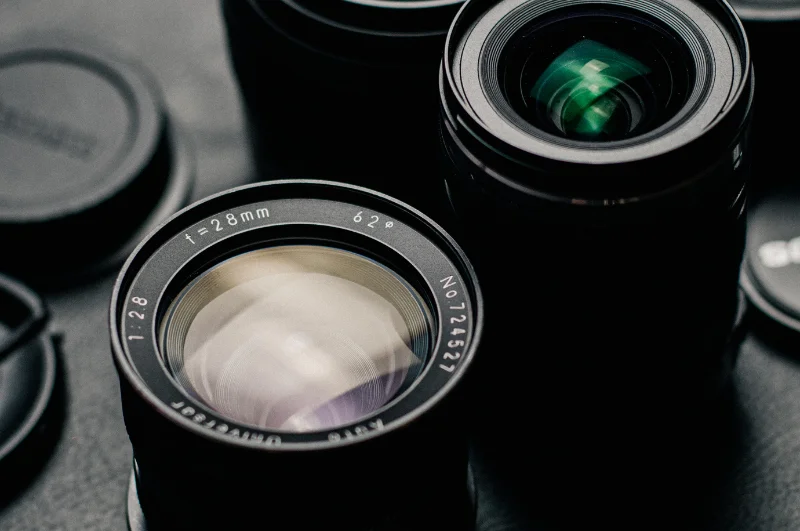
Prime Lenses
Prime lenses are quite common lenses on the market. The best-known prime lens is the ubiquitous 50mm. A prime lens will allow you to shoot photos at one particular focal distance only. It’s up to you to make sure your subject matter fits within the frame. It may and it may not depending upon your focal length and distance from your subject.
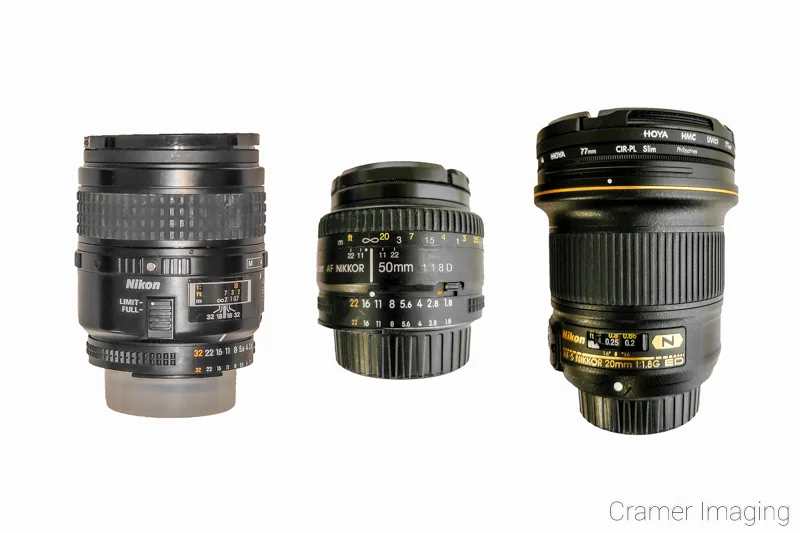
Oftentimes, a prime lens will allow you to open the aperture wider than a zoom lens will (aperture ratings of f/2.8 or f/1.8 are common). Also, they are often less heavy than a comparable zoom lens. You will hear these lenses referred to as [focal length] prime (20mm prime, or even 20 prime) when speaking to serious and pro photographers along with camera shop owners/employees.
Zoom Lenses
Zoom lenses are the opposite of prime lenses. They offer you the ability to change the focal length to better suit the framing you want without moving yourself too much. They are exceedingly popular as lens choices with almost any kind of photographer for this reason. You will often see at least one or more included as a kit lens in camera kits.
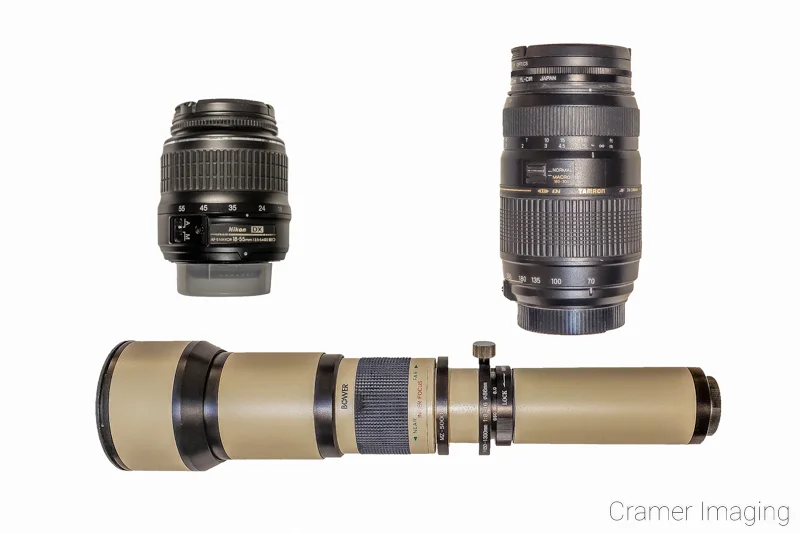
Zoom lenses will often not open the aperture as wide as a prime will. Also, the widest aperture rating will change depending upon the focal length you choose to use. Thus, zoom lenses will offer a focal length range and an aperture range directly tied to the focal length. An example of this is 18-55mm with f/3.5-f/5.6 listed as the range. It means that the aperture will open as wide as f/3.5 at 18mm and f/5.6 at 55mm. It will taper accordingly as the focal length changes within that range. If you want to buy a zoom lens where the aperture opens up as wide as a prime (think f/2.8 or so), then the lens will become much bigger and heavier as a result. You will hear these lenses referred to as [focal length range] (18-55mm or 18-55) when speaking to serious and pro photographers along with camera shop owners/employees.
Wide Angle Lenses
These lenses are, perhaps, the most common lenses you will see out there save perhaps for the 50mm prime. The simple definition is that it has a short focal length and a wide field of view. The general consensus is that wide angle lenses start at about 16mm. Where they end is less specific. Some say they stop at about 35mm while others will say that they extend into 55mm or more. These lenses allow you to capture a wide and sweeping view of what’s in front of you. In fact, you almost don’t need to worry about fitting many subjects (yes even some landscape scenes) into the frame of a wide-angle lens. It will often fit, even with room to spare sometimes. You’ll find both prime and zoom lenses here.
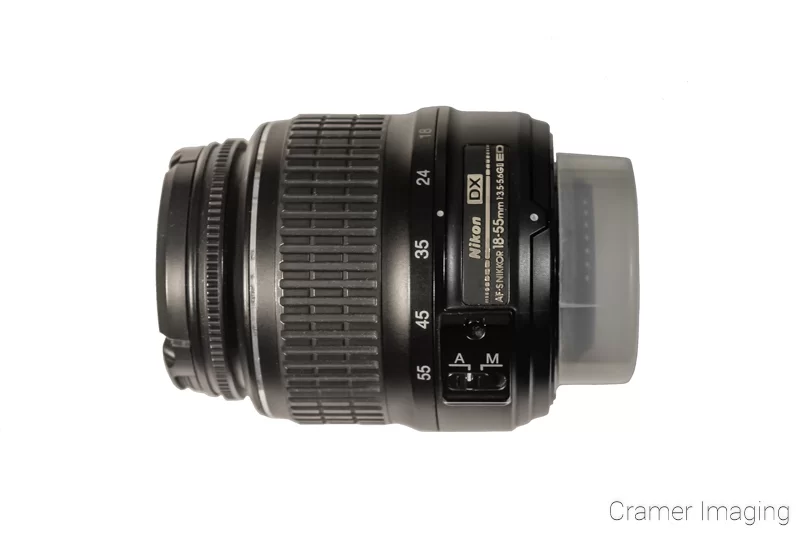
Telephoto Lenses
Another common lens on the market is a telephoto lens. These lenses have a longer focal length than those of wide-angle lenses. They allow you to bring your subject matter in closer because of this longer focal length. You mostly commonly use them for more distant subjects because of this feature. There is no general consensus on where telephoto range begins. Some say it starts at 70mm. Others argue it doesn’t begin until 135mm. However, telephoto range continues out from there. With a telephoto lens, you must choose carefully what to include and not include in frame as it cannot capture an entire wide scene. While you may find some prime lenses on the shorter focal length end here (think 85mm primes), most of the time these lenses are zoom lenses.
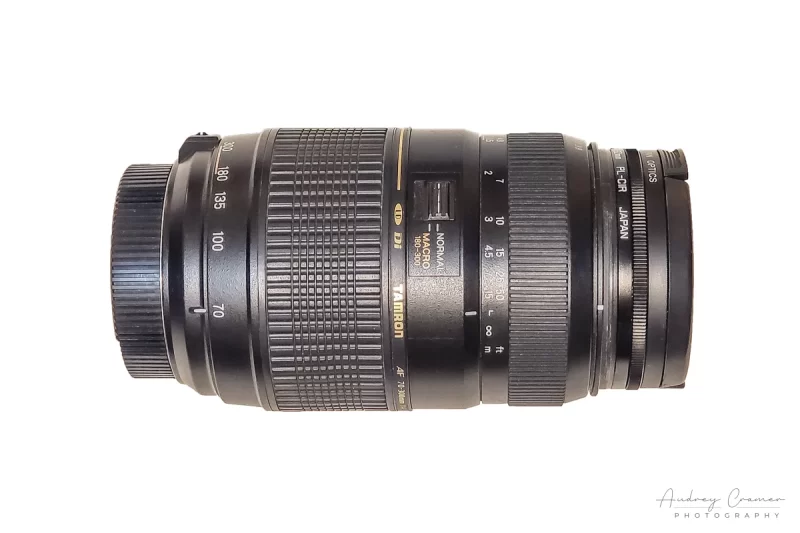
All-in-One Lenses
While this may not be an official industry term, it still gets the point across. What I call “all-in-one” lenses offer you the best of both worlds in focal length when it comes to wide angle and telephoto lenses. I’ve seen all-in-one lenses which cover focal lengths of 18-135mm. That’s a large range. There are lenses which cover more. The idea is that you don’t need to change your lens at all in order to capture the shot you want. There’s merit to this idea. However, there’s also a trade-off. These lenses are bigger and heavier than most. They are exclusively zoom lenses.
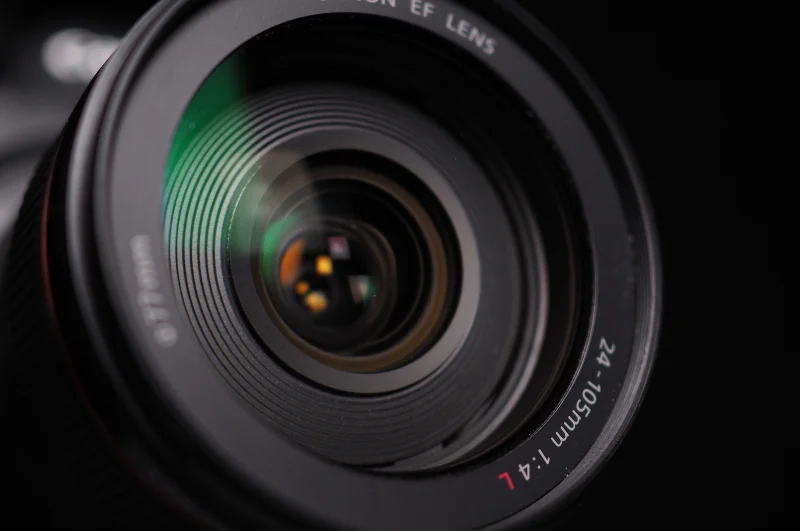
Extreme Telephoto Lenses
You may see these referred to as super-telephoto or super zoom lenses. Definitions of extreme telephoto are a bit difficult to find. However, there seems to be a consensus of entering the extreme range at about 300mm. Obviously, these lenses bring super distant objects much closer. You can zoom in close with subject matter which would still be too distant with regular telephoto ranges. Now these lenses are BIG. They are long, big in diameter, and heavy. They require tripods for passable results. You don’t attach your camera to the tripod, you attach the lens. You may find the odd prime lens in this category, but most of these enormous lenses are zoom lenses.
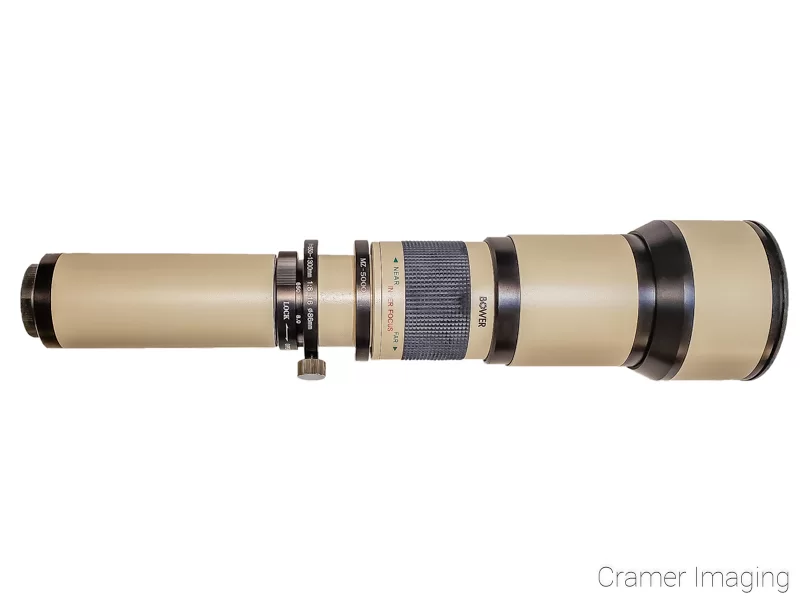
Fish-Eye Lenses
We like to pair things in opposites here in this article, so here’s another. A fish-eye lens is the opposite of an extreme telephoto lens. It is a super wide lens. The range for fish-eye is about 8-14mm, though there might be wider examples out there. This is the extreme end for wide angle lenses. There’s no doubt you can capture your subject matter in this wide a view, but it will appear distorted as a result. Instead of a rectangular image, you end up with something circular or ellipsoid in nature. Normally straight lines appear curved. It’s a very stylized look. These lenses are available in both prime and zoom options.
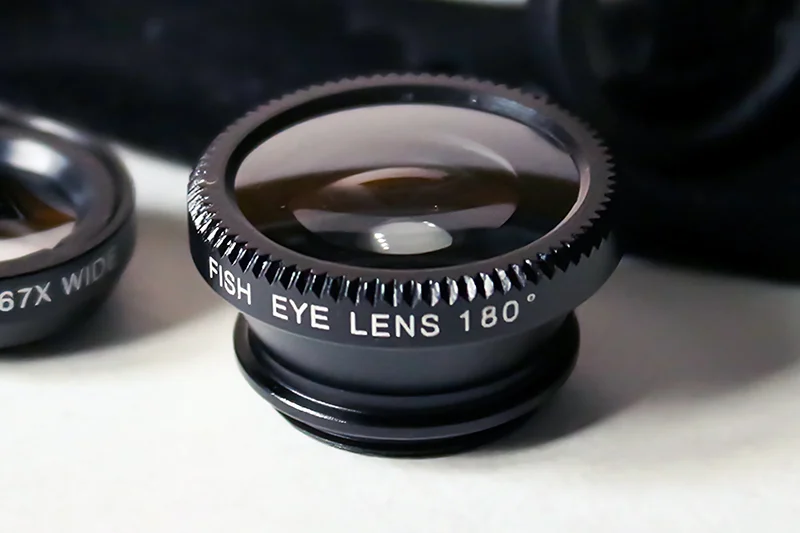
Macro Lenses
Macro lenses are magnifying lenses. The definition is that these lenses use a 1:1 ratio. Anything else isn’t true macro, or so they say. These lenses make tiny close-up subjects look much bigger. This means you can make tiny and almost invisible details come alive. It has an extremely narrow depth of field which means you can easily lose focus on your subject. It’s best to use these lenses on a tripod when and where possible. Macro lenses come in various focal lengths. There are zoom options, but the industry seems to favor prime lenses here.
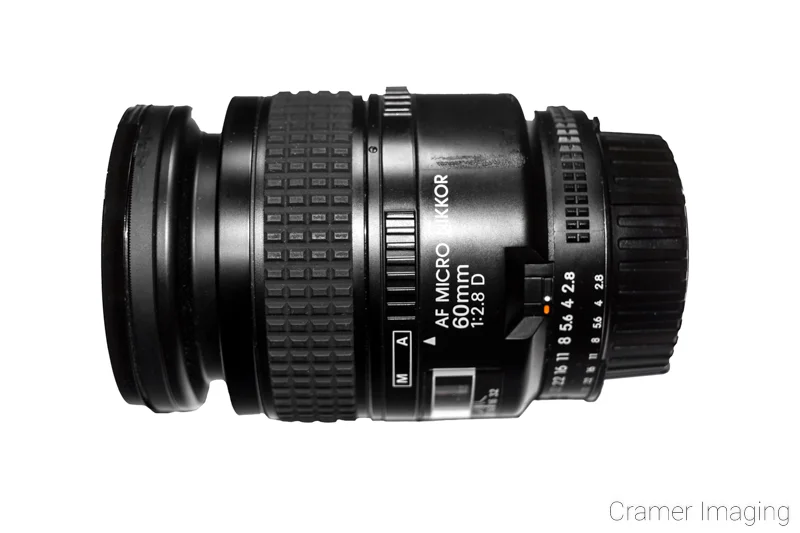
Tilt-Shift Lenses
Tilt-shift lenses are a specialty kind of lens. They alter the planes upon which the image sensor and the lens reside. What is normally parallel no longer is. This allows for interesting effects such as making your subject appear as a miniature. You can also correct for parallax too. Another amazing option is the ability to photograph a mirror without the camera reflecting in it. These lenses don’t offer image stabilization or auto focus. Currently, lens-making companies only seem to offer prime tilt-shift lenses. However, this could change. At time of writing, there are rumors of a patent for a zoom tilt-shift lens. We’ll see what happens.
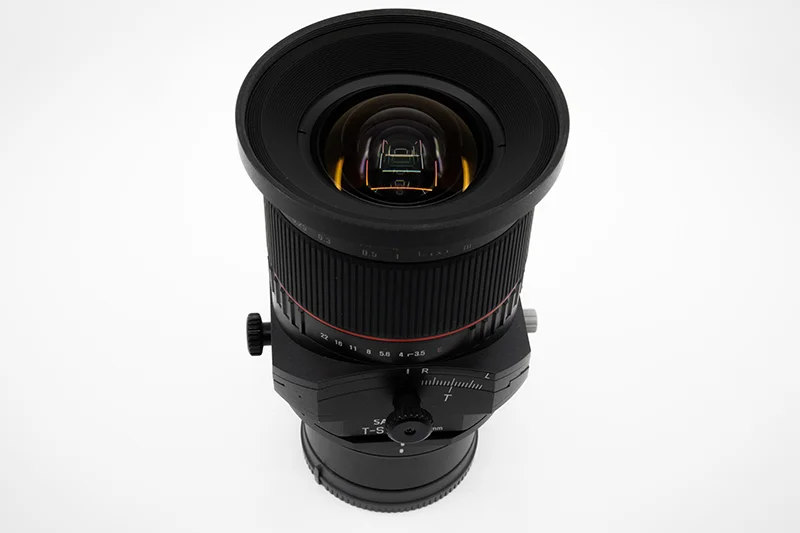
Distortion Lenses
There seems to be one company which dominates the market for distortion lenses: Lensbaby. However, there are other options out there. If you want to create some very specialized photos which filters cannot duplicate, then this is your lens type. Lenses like this offer selective focus, soft focus, light leaks, and more. They achieve this goal with using bellows and ball joints in lens construction. However, they do not offer features like image stabilization or auto-focus as they don’t include electronics. These only seem to be available as primes.
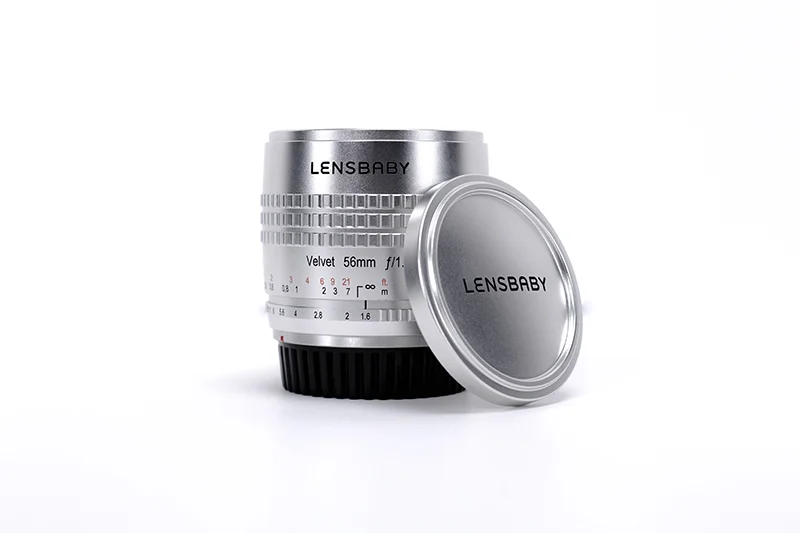
Kit Lenses
I’ll toss you a bonus vocabulary word here. Kit lenses are not a specific kind of lens. They are merely the lens(es) which come included in a camera kit. If you buy a kit and it comes with a wide angle and a telephoto, then those are your kit lenses. Anything else you buy separately is not a kit lens. Kit lenses are often jacks-of-many-trades as they are specifically chosen to cover the widest range of beginning photography possible. I have a couple lenses which count as kit lenses and I still use them to this day because they work well.
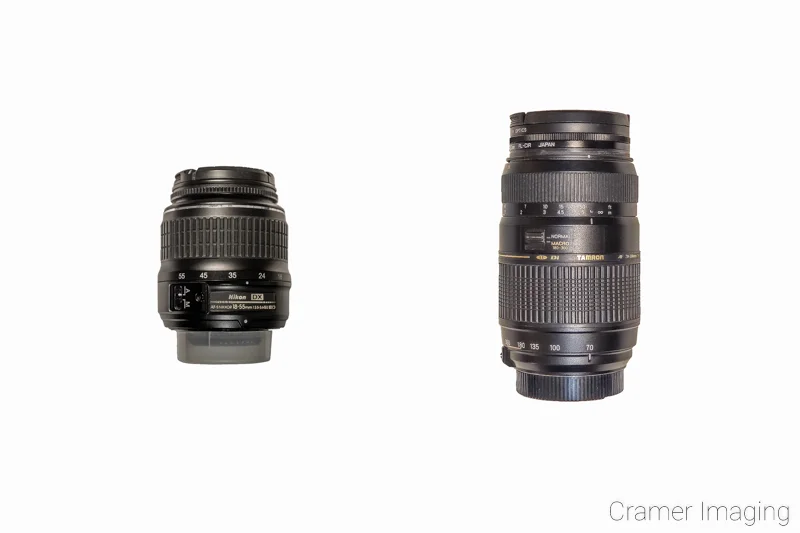
Brand Name vs. Third Party Lenses
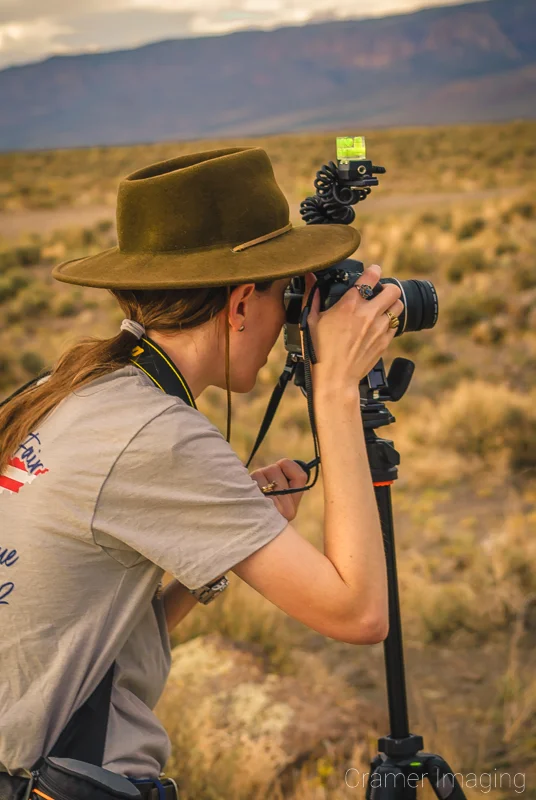
As I promised, let’s address the various brands of lenses on the market. You’ve probably noticed that the major camera brands offer their own branded lenses too. This includes the big three of Nikon, Canon, and Sony. But it also includes the smaller companies like Leica and Hasselblad. Olympus, when they were still in the camera market, did so as well. There’s a good reason for them to sell lenses in addition to camera bodies and other accessories. But obviously, these brand name lenses are not the only options on the market for camera lenses.
In addition to these brand name lenses, there are also plenty of third-party lens companies out there. These third-party companies include (but are not limited to) Zeiss, Tamron, Rokinon, Nisi, Sigma, Panasonic, and more. All of these companies produce varying types of lenses, including lenses which are useful for landscape photography. They also often provide mount options for the main camera bodies on the market. After all, if they don’t provide for a particular kind of mount or a particular brand of camera, they are leaving money on the table.

Now, as you shop for the best lens for your landscape photography, you should consider both the “brand name” and the third-party lenses. All options have merit. All companies have their gems and their stinkers. Your best bet is to seek out product reviews as you shop. These will help you weed out what you don’t need/want, can’t afford, etc. When choosing between a “brand name” and a third-party lens, the most important factors to consider are the lens’ performance/image quality, build quality, and price. Depending upon your budget and what you need as a photographer, you may find that a third-party lens will meet your needs better than one from the camera company or vise versa.
The Best Lens or Lenses for Landscape Photography
Ok, I just threw a sizable vocabulary list at you and I still didn’t cover what the best lens is for landscape photography. Since that’s what you came here for, I hope you stuck with me this far. Now, let’s really dive into it.
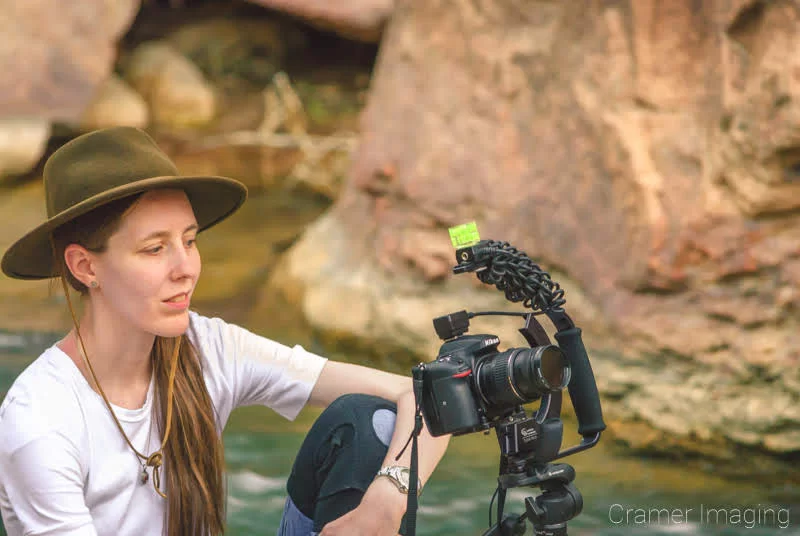
If you’re starting into landscape photography seriously or as a fun hobby, then you probably only need 2 lenses: a wide-angle lens and a telephoto lens. Zoom lenses in these categories are probably your best option. “Brand name” vs. third party probably won’t matter so much. Both of these lenses will meet most of your initial needs. They’re also common and often some of the cheapest options on the market. I use my wide angle and telephoto lenses the most in my landscape photography. I hardly need to look at most of the rest of the lenses I own for most situations. This will likely be your experience too.
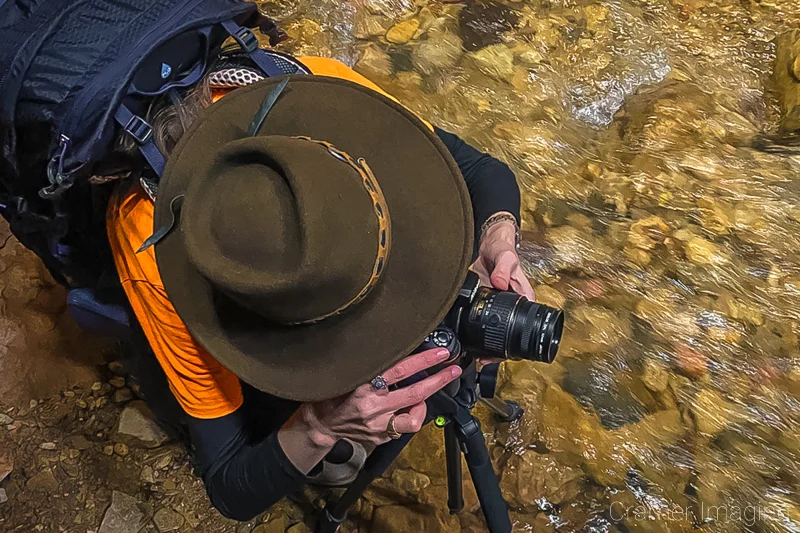
If you buy a camera kit, then your kit lenses will probably include a wide angle and a telephoto (most likely both are zoom lenses). You may receive 2 (or more) lenses made by the camera company or you may see a third-party lens in there too. Often times you may also find a 50mm in your kit. It all depends upon the kit you buy. If you do buy a kit, then you probably already have some good lenses for landscape photography right there chosen for you.
What About the Other Lenses?
As already discussed, you will want a wide angle and a telephoto. Those will be your bread and butter in landscape photography. They are the best lenses to get you started and carry you through. But what about all the others?
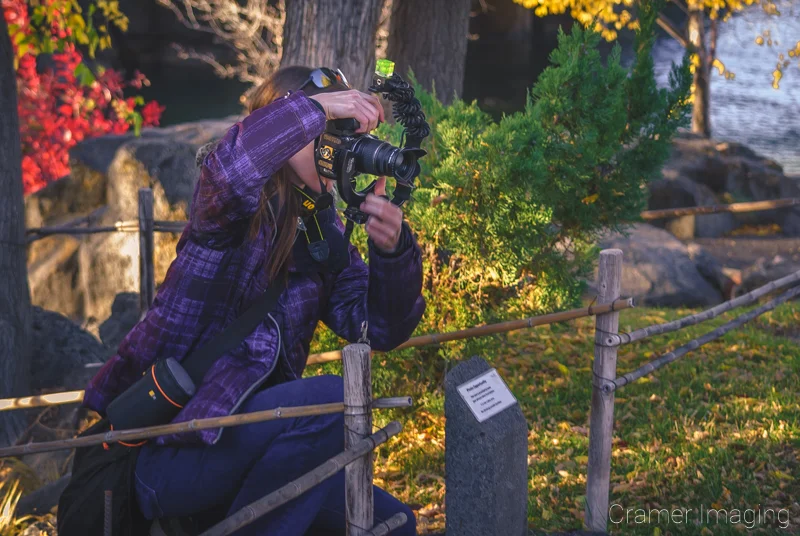
An all-in-one lens will probably do about as well as the wide angle and telephoto combo. But that’s where it ends. Everything else is a bit specialized.
The Specialty Lenses
While many of the listed lenses have applications in landscape photography, their price tags and learning curves preclude most beginners from using them initially. So, yes you can find a use for extreme telephoto, fish-eye, and even tilt-shift lenses in landscape photography. But do keep in mind that these expensive specialty lenses won’t be intuitive yet. If you don’t know what you’re doing or how to use the lens in your work, then don’t buy it.
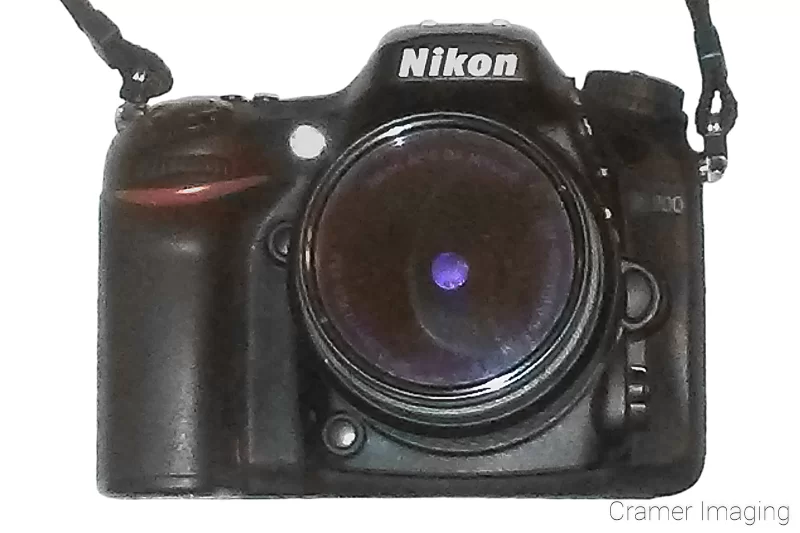
Where the Specialty Lenses Will Work in Landscape Photography
Just because I say that I wouldn’t use them most of the time doesn’t mean that I couldn’t use these specialty lenses in my landscape photography. Here are some good examples of how to use some of these specialty lenses in landscape photography. In certain cases, I would say that the specialty lenses are the best lenses for the job.
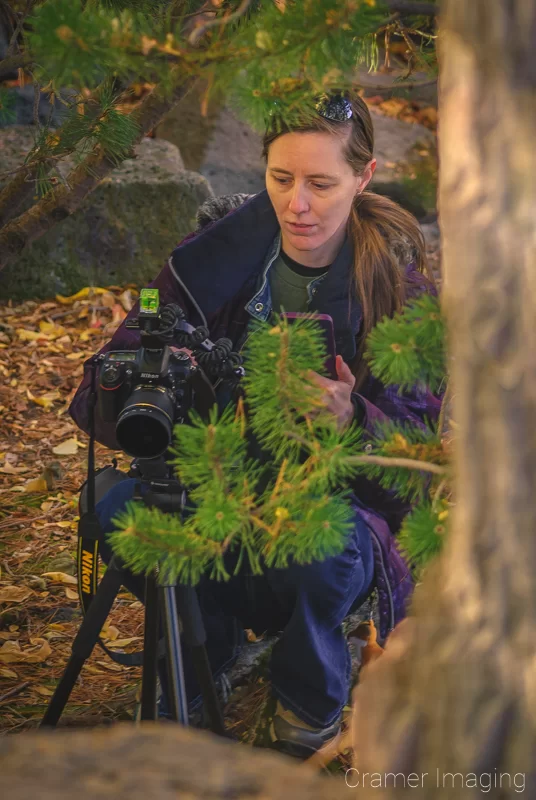
- Using an extreme telephoto lens, you can bring extremely distant scenes much closer and even include animals. Want to make the moon rising or setting look like a super moon? This is the lens for you.
- Using a fish-eye lens, you can capture an extra wide scene without creating a panorama. If you line up the middle of the lens with something like the horizon, you can compensate a bit for the distortion. It takes practice and experimentation.
- Are you interested in trying for a different kind of landscape scene? Perhaps the macro lens is for you. It will bring the tiniest landscapes into focus for human eyes. Combine macro photography with focus stacking and you can create an exceedingly deep depth of field on a micro scale.
- Surprisingly, even a tilt-shift lens can have uses in landscape photography. Do you have a beautiful scene with a super close foreground like flowers and a deep background like mountains? You can use a tilt-shift lens to put everything in focus without focus stacking.
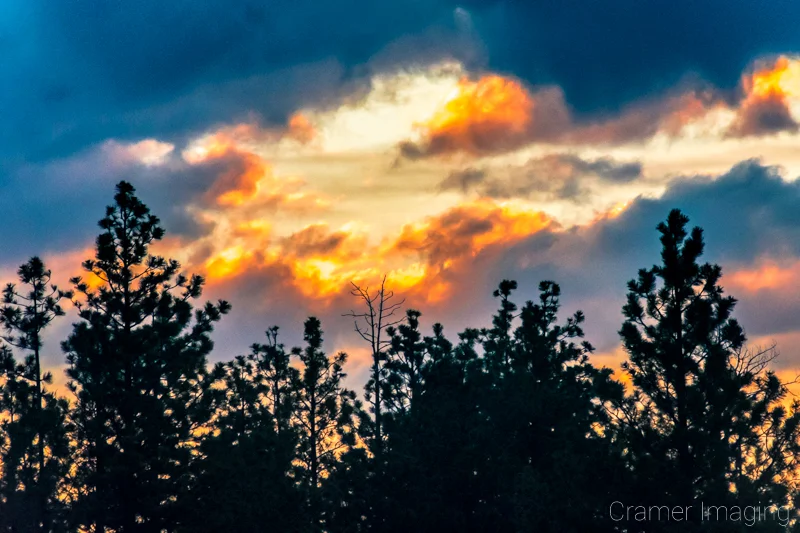
Alternatively, I haven’t yet found a use for distortion lenses in my work. These kinds of lenses are not for landscape photography. But they may make for some fun in other kinds of photography.
Try Before You Buy
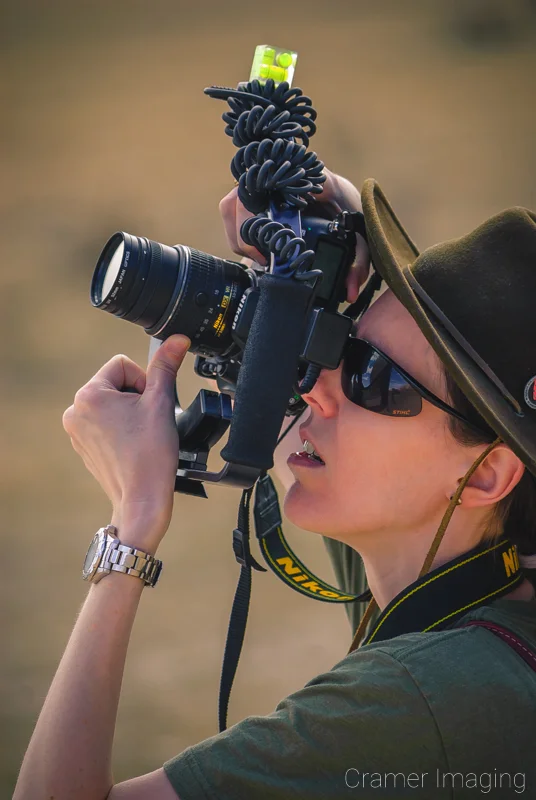
As I stated in the previous article on camera bodies for landscape photography, I’m a big proponent of the “try before you buy” method. Camera bodies and lenses are a big investment. One might argue that lenses are the bigger investment as they’re supposed to be a one-time purchase. You simply upgrade your camera body with a compatible mount system and the lenses are still perfectly useful.
So, how do you try out a lens? It’s simple. You rent the lens and try it out. If you like it, then you consider buying it. If not, then you didn’t sink too much money into the experiment. Also, you’re not stuck with trying to sell off an expensive lens at a loss because you can’t return it and used lenses don’t go for the same price as new ones.
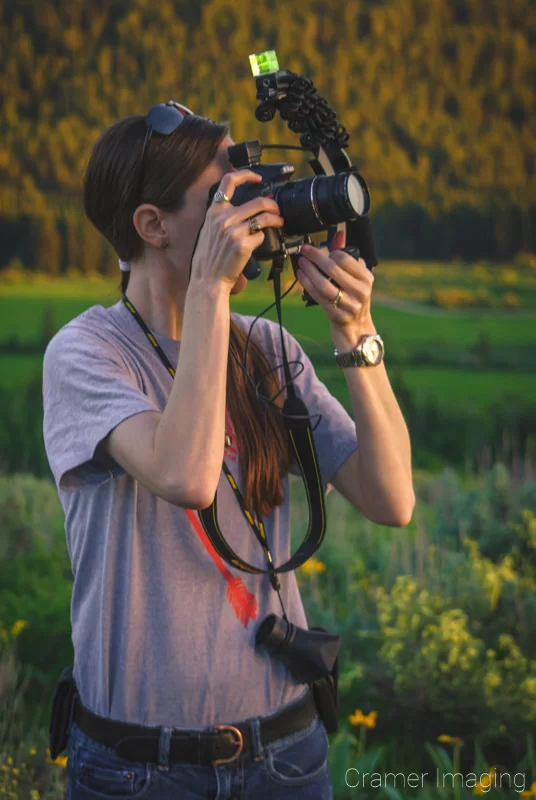
Your next question is probably about where you can go to rent a camera lens. That’s also simple. Perhaps your local camera store rents out equipment. It’s worth asking. Alternatively, you could explore the option of renting using an online shop. I’ve used BorrowLenses with good results (not a paid endorsement). But there are other alternatives out there you can check out for yourself.
This is one of the best pieces of advice I can offer you when deciding upon the best lens for landscape photography for you. Rent the top 2 or 3 lenses on your list and see what works best for you personally. Then make the purchase of your top choice.
Conclusion
In conclusion, there are 2 best lenses for landscape photography to start out with. They are the wide-angle lens and the telephoto lens. You may not grow to need anything else because these are so useful. An “all-in-one” lens may also cover your needs. However, other kinds of lenses are not best for landscape photography outside certain niche situations. Brand doesn’t matter nearly as much as one might think. Proper research into your choice of lens is essential. However, most camera kits already come with perfectly acceptable, if not the absolute best, lenses for landscape photography. But still, research out all the options in the camera kit before buying to be sure.
Just remember that the best lens for landscape photography is only good as long as you can keep a camera body to use it. Many camera companies switch up their lens mount systems every so often, rendering previous perfectly good lenses obsolete without an adapter. All the big camera companies did this when plunging exclusively into mirrorless cameras. They’ll do it again. So, keep this in the back of your head as you shop for the best lens for your landscape photography. Someone might decide to upend the cart on you.

